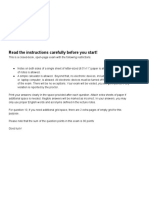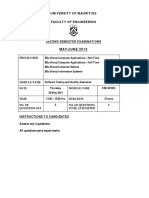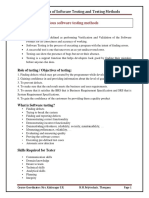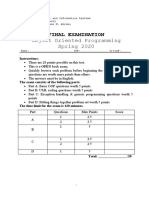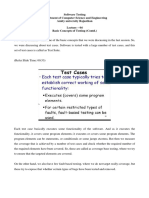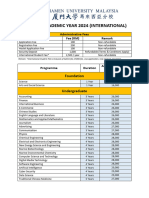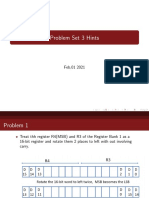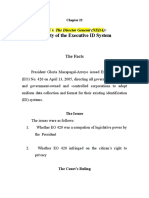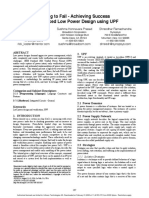0% found this document useful (0 votes)
162 views4 pagesLab2 Error Fault Failures
The document discusses concepts related to software testing such as errors, faults, and failures. It provides definitions for each term and examples to demonstrate the differences between them. The document also outlines activities and tasks for a software testing lab that focuses on understanding these fundamental concepts, identifying errors, faults and failures in code examples, designing classes to represent concepts like points and lines, and generating test cases to introduce failures and validate functionality.
Uploaded by
Hassan ShahCopyright
© © All Rights Reserved
We take content rights seriously. If you suspect this is your content, claim it here.
Available Formats
Download as ODT, PDF, TXT or read online on Scribd
0% found this document useful (0 votes)
162 views4 pagesLab2 Error Fault Failures
The document discusses concepts related to software testing such as errors, faults, and failures. It provides definitions for each term and examples to demonstrate the differences between them. The document also outlines activities and tasks for a software testing lab that focuses on understanding these fundamental concepts, identifying errors, faults and failures in code examples, designing classes to represent concepts like points and lines, and generating test cases to introduce failures and validate functionality.
Uploaded by
Hassan ShahCopyright
© © All Rights Reserved
We take content rights seriously. If you suspect this is your content, claim it here.
Available Formats
Download as ODT, PDF, TXT or read online on Scribd
/ 4

